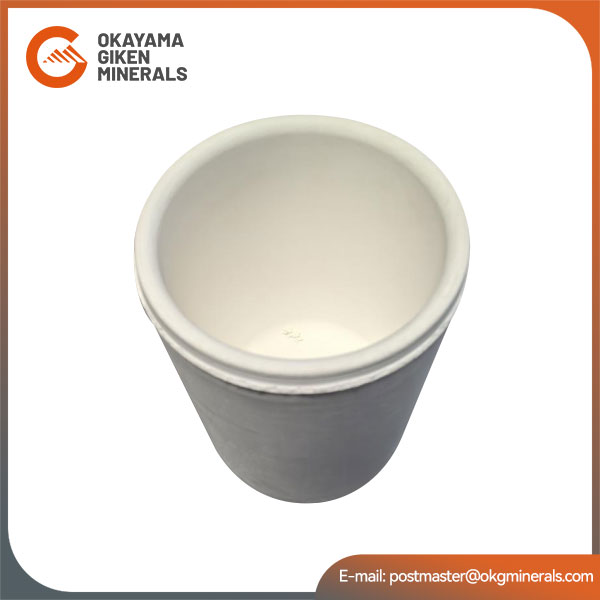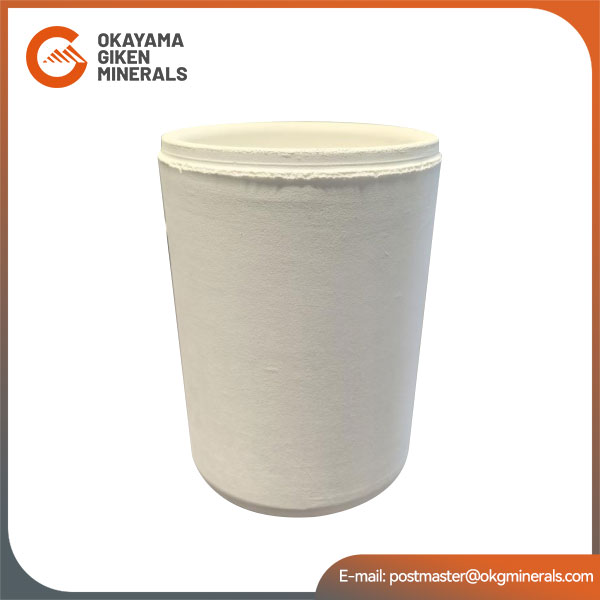
Ceramic materials refer to a class of inorganic non-metallic materials made from natural or synthetic compounds through forming and high-temperature sintering. Ceramic materials have a long history. The earliest ceramics made by humans were pottery, which was made of clay alone or mixed with other materials such as silica and then hardened and sintered in fire.
Contents

Ceramic materials can be classified according to their composition and use:
Ordinary ceramics: Mainly made of natural acid salt minerals (such as clay, feldspar, quartz, etc.) as raw materials, and are made by crushing, forming and firing the raw materials. Ordinary ceramics can be divided into daily ceramics, building ceramics, electrical insulation ceramics, sanitary ceramics, etc.
Special ceramics: Also known as fine ceramics, classified according to their application functions, including high-strength, high-temperature resistant and composite structural ceramics and electrical and electronic functional ceramics. Special ceramics usually have one or more functions, such as piezoelectricity, thermoelectricity, electro-optics, etc.

Ceramic materials have the following main performance characteristics:
High hardness: Most ceramic materials have a higher hardness than metal materials.
High melting point: The melting point is generally around 2000℃, with strong high temperature creep resistance and will not be oxidized above 1000℃.
Good insulation: Most ceramics are good electrical insulation materials, especially under high temperature and high voltage working conditions.
Corrosion resistance: Good corrosion resistance to acids, alkalis and salts, high chemical stability.
Brittleness: Ceramic materials are brittle materials with low impact toughness and fracture toughness, and compressive strength is much greater than tensile strength